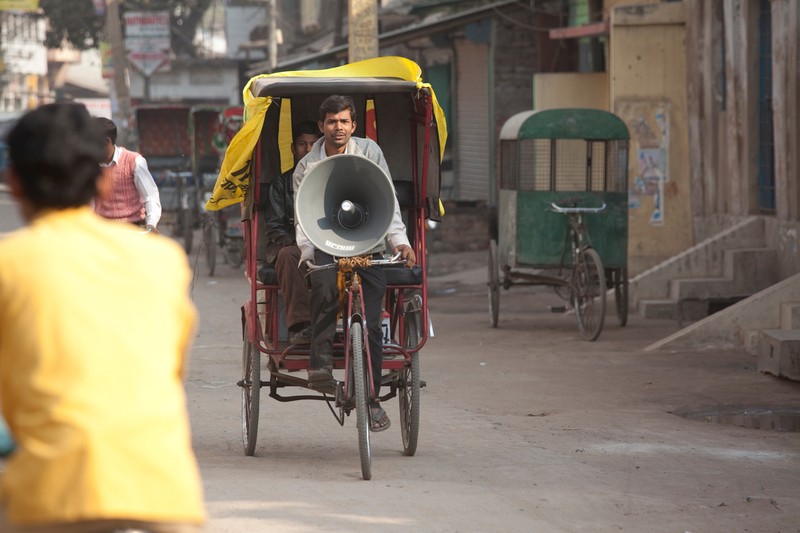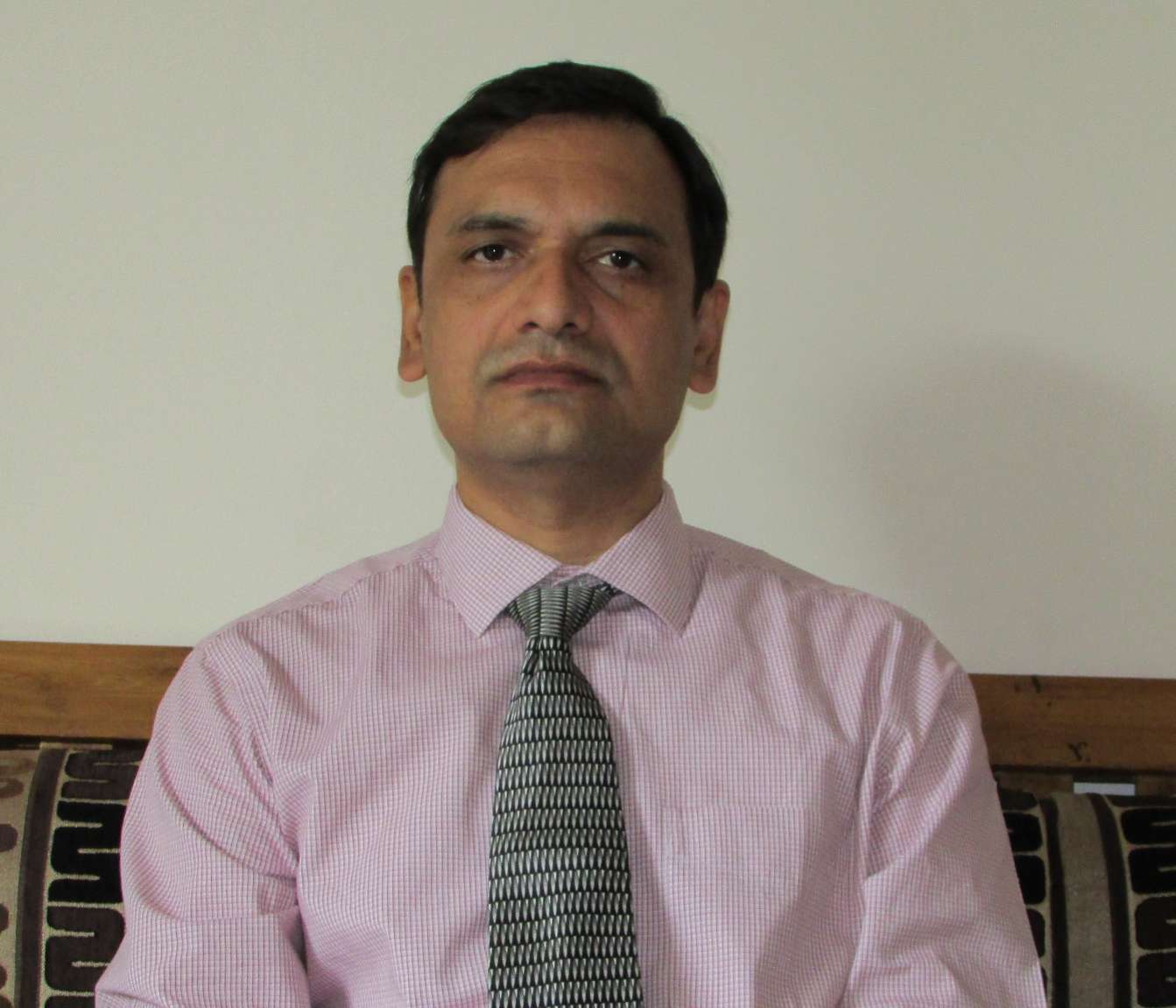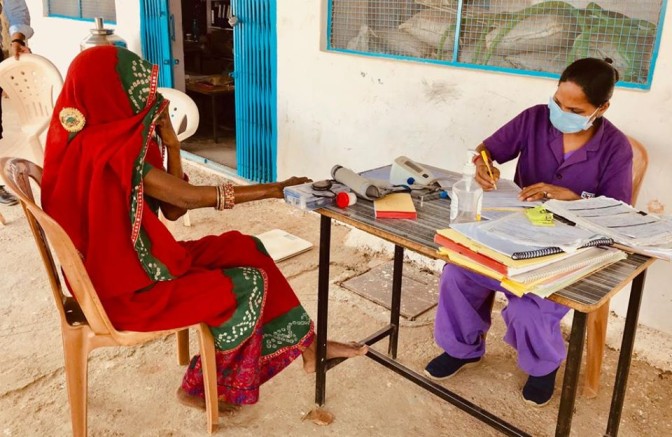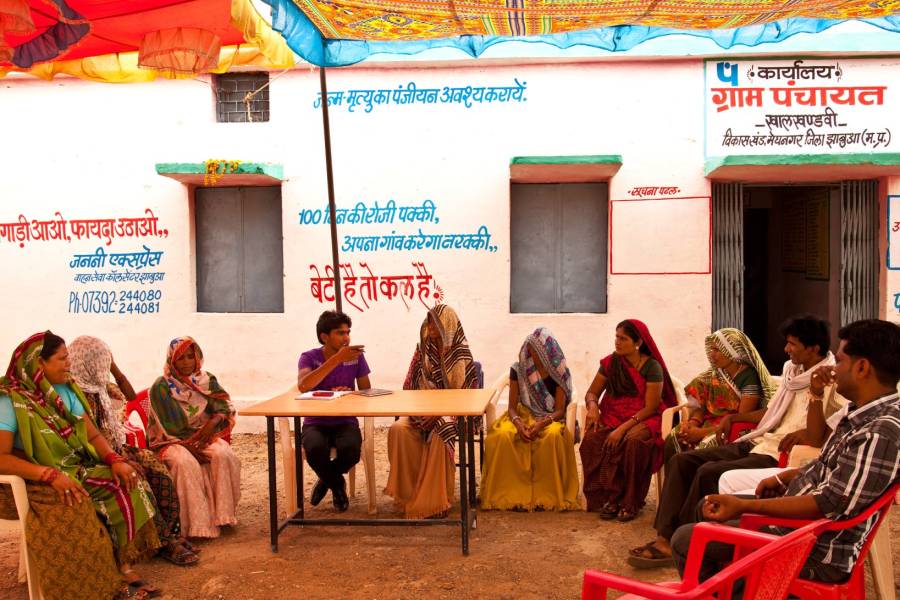If the nationwide lockdown ends on May 3rd, after forty days, nearly everyone in India will be looking to re-start their lives in a new way. While economic stagnation and job losses will occur across sectors, the poor will suffer the most as finding employment will not be easy. A large proportion of India’s 418.5 million-strong labour force—daily-wagers and those who are self-employed and informally employed—have already returned to their villages, or might do so after the lockdown, because of the shock to their livelihoods.
Hence, reverse migration is a likely scenario in the near future, despite assurances from the central government and state governments that employment will be provided in the cities and towns where migrant workers currently are. Reverse migration will lead to tremendous pressure on the socioeconomic lives of people in rural areas. Due to COVID-19-induced panic, many have blockaded their villages and/or completely banned outsiders (in some cases even returning migrants) from entering. Families that have been affected by the virus are being ostracised and some people have attacked ASHA workers and health volunteers who are going door-to-door to conduct health surveys. Reverse migration will also depress wages in rural areas, as more labour will be available than the market can absorb. Additionally, it could also lead to further spread of the virus.
Related article: The implications of COVID-19 for rural India

Gram panchayats will have a critical role to play
As villages prepare for a long battle, gram panchayats will have a critical role to play. These institutions are nearest to the people and are trusted by communities. Gram panchayats are also essential to ensure that the response against the crisis includes consultations with stakeholders and participatory decision-making at the local-level.
The importance of participatory governance and public discussion in times of crisis has also been emphasised by Amartya Sen who says, “Tackling a social calamity is not like fighting a war which works best when a leader can use top-down power to order everyone to do what the leader wants—with no need for consultation. In contrast, what is needed for dealing with a social calamity is participatory governance and alert public discussion.”
More than 2,60,000 gram panchayats will have to be prepared and mobilised for grassroots action against COVID-19.
Across India, more than 2,60,000 gram panchayats will have to be prepared and mobilised for grassroots action against COVID-19. They will work closely with primary health centers, ASHA workers, local health volunteers, and district administrations in the coming months. The following are some action points that gram panchayats can take to support their communities, during and after the lockdown:
As migrants return to villages, they will need to be isolated to prevent the spread of the virus. Gram panchayats should take the initiative to set up local quarantine centres with facilities such as food, drinking water, and toilets. This will also prevent migrants from hiding in their houses. A number of gram panchayats have already done this with the help of local nonprofit partners. They could also enlist the help of corporates in managing or funding these quarantine centres.

Gram panchayats, along with local volunteers, nonprofits, SHGs, and other community-based organisations, should undertake awareness generation drives on the symptoms and preventive measures of COVID-19. | Picture courtesy: ©Bill & Melinda Gates Foundation/Prashant Panjiar
Gram panchayats, along with local volunteers, nonprofits, SHGs, and other community-based organisations, should undertake awareness generation drives on the symptoms and preventive measures of COVID-19. Additionally, gram panchayats can also contain the spread of rumours and false information on social media by providing authentic information, reporting fake videos or news to the police, and encouraging the community to check information circulating on social media with the gram panchayat.

Block panchayat officers should enable such drives by providing locally-trained facilitators and community mobilisers. The panchayat department of state governments should also support gram panchayats by providing communication material, enabling digitisation of gram panchayats, building their capacity through online courses, and so on.
Gram panchayats will have a key role in monitoring the health of villagers along with ANMs, ASHA workers, doctors from primary health centers, and local health volunteers. Communities tend to trust gram panchayat members more, and if they accompany health workers, they are likely to see less resistance. Panchayats should also liaison with government departments and nonprofits to procure Personal Protective Equipment (PPE) for all health workers in their village.
Gram panchayats should meet with local vendors and shopkeepers selling essential items and ask them to follow guidelines to ensure physical distancing at local haats and mandis. There might be difficulties with compliance in the beginning, but with persistent enforcement, it could become the new norm across rural India.
Distribution of food grains to the poor under the Public Distribution System (PDS) is still irregular in some parts of the country. As a result of the lockdown, many farmers’ savings have been depleted, which will affect their ability to buy inputs for the next cropping season, which could further impact food security. The central government’s support of INR 2,000 to more than eight crore farmers will provide some relief to the farmers, however, they can also save money by adopting more feasible agricultural practices, such as using seeds and fertilisers more judiciously.
Gram panchayats can bridge the gap between Krishi Vigyan Kendras and farmers.
Gram panchayats can support farmers in this process by collaborating with Krishi Vigyan Kendras (KVKs), which are agricultural extension centres that can train farmers on the latest farming methods and technologies. In some states, gram panchayats have agricultural functionaries, know as Kisan Mitras. These individuals can be engaged to further disseminate relevant knowledge and information to farmers. Gram panchayats can therefore bridge the gap between KVKs and the farmers.
Gram Panchayat Development Planning (GPDP) needs to be accelerated to counter the negative impacts of the lockdown. On April 24th, Prime Minister Modi launched the e-GramSwaraj Portal, which is a single interface for gram panchayats to prepare and implement their GPDPs. State governments can support gram panchayats by building their capacity to use the portal and implementing plans that have been approved.
Related article: Strengthening panchayats in India
Gram panchayats can also enlist the help of SHGs in the GPDP process, as they are already actively involved in village-level livelihood activities. The involvement of SHGs in GPDP preparation has also been encouraged by the Ministry of Rural Development and the Ministry of Panchayati Raj.
Additionally, as part of the government’s relief package for COVID-19, large amounts of funding will be channeled to gram panchayats in the coming months under the Mahatma Gandhi National Rural Employment Guarantee Act (MGNREGA). Gram panchayats will need to plan well to develop infrastructure assets that will be of value to their villages, and do it quickly so they can access funds.
Gram panchayats can partner with nonprofits wherever there is synergy between their areas of work, such as arranging PPE for local health workers and public health centers, organising chemical sprays to disinfect public spaces, or holding informal classes for students who are out-of-school. By partnering with nonprofits, gram panchayats will also be able to leverage CSR funds to support their efforts.
The COVID-19 pandemic will be a long and uphill battle. And gram panchayats will be at the forefront, preventing the virus from spreading in villages, where 66 percent of India lives. Their success will also depend on the extent to which state and central governments involve gram panchayats in decision-making.
—
Know more
- Read and watch the advisories and videos issued by the Ministry of Panchyati Raj to gram panchayats and gram sabhas on measures to curb the spread of COVID-19.
- View more than 300 resources in audio, visual, and text formats, and in several regional languages, that could be used to disseminate information on COVID-19 in rural communities.
Do more
- Connect with the author at v.jha@smsfoundation.org if you’d like to share or learn about how gram panchayats can support rural communities.



